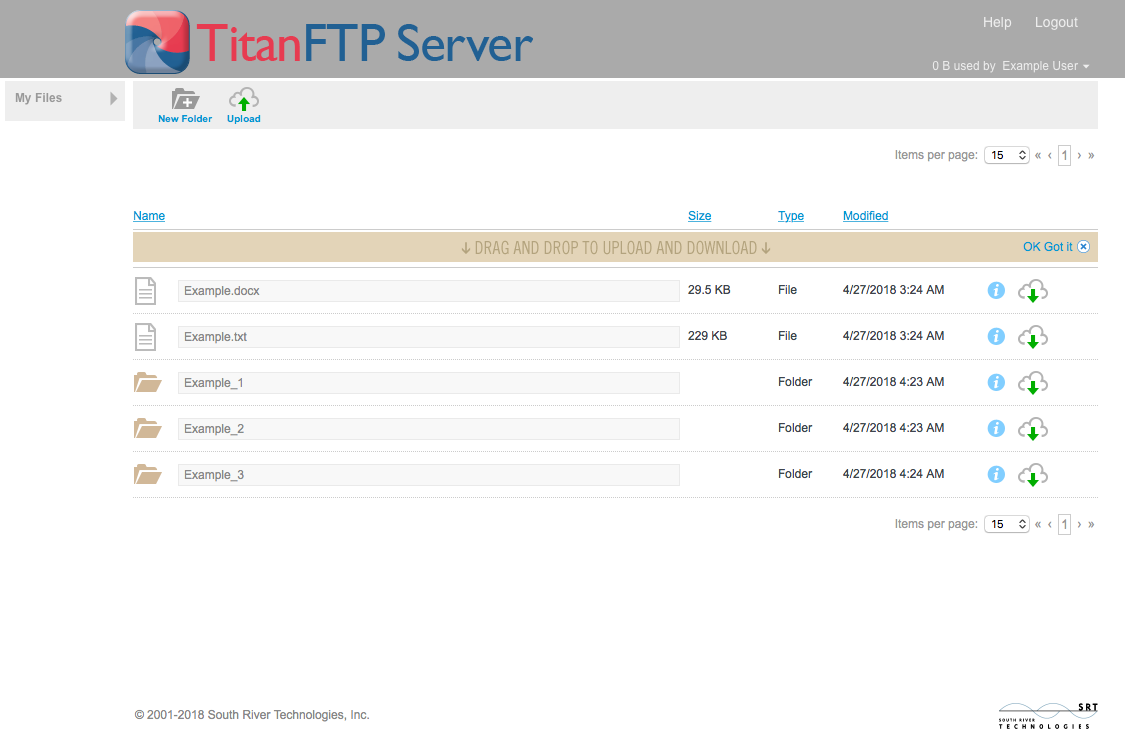 Networking over Wi-Fi is a notoriously hit-or-miss exercise at times. Anybody who has had some experience with the technology would agree that Wi-Fi needs a fair bit of work to be used practically. Router settings need to be fine-tuned, for one. Even with the various enhancements that can be possibly added onto the device, Wi-Fi connectivity will still be at the mercy of other electronic interference from devices nearby. What’s more, for the signal to cover a sizeable area is a rather iffy proposition, especially in larger homes. Lastly, but probably the most important, a Wi-Fi network requires good security to shut out snoopers in order for them not to have access.
Networking over Wi-Fi is a notoriously hit-or-miss exercise at times. Anybody who has had some experience with the technology would agree that Wi-Fi needs a fair bit of work to be used practically. Router settings need to be fine-tuned, for one. Even with the various enhancements that can be possibly added onto the device, Wi-Fi connectivity will still be at the mercy of other electronic interference from devices nearby. What’s more, for the signal to cover a sizeable area is a rather iffy proposition, especially in larger homes. Lastly, but probably the most important, a Wi-Fi network requires good security to shut out snoopers in order for them not to have access.
Individuals who would like to have a functional network at home that is easily set up and secured will find a viable alternative in Actiontec MegaPlug AV, an Ethernet adapter kit that allows 200 Mbps data transmissions. A spin-off from the recently release HomePlug AV standard, this set allows users to connect their PCs to set-top units and other devices through the standard home electrical wiring. And while the device’s usual data transfer speed is at 85 Mbps tops, which is quite a far cry from a hypothetical 200 Mbps, this is a substantial improvement from the capabilities of older HomePlug offerings.
Standard HomePlug devices come bundled with an ample 128-bit AES, or Advanced Encryption Standard, to handle security concerns. The system is configured as a default for users who are loath to change the settings of their routers. For those with a broader server knowledge and experience, there is a utility to tweak security settings, such as changing the network password.
Installing a MegaPlug network is easy as pie. The set is composed of two plug-and-play adapters that need only to be inserted directly into an electrical socket and to a LAN port available on a router, respectively. The network becomes operational once three light indicators in each adapter turn a static or blinking green. These lights stand for Power, Link and Ethernet. Within seconds of plugging the devices, a fast and stable network can be used.
If networking without a router, users have the alternative of making do with a cable modem. Simply plug the adapter to the modem to be able to connect to the Internet via the home’s electrical system. Using this, any room within the home will have connectivity with a nearby adapter present. The basic package contains only the two adapters, but additional units can be purchased separately for a cent shy of ninety dollars each.
Each adapter measures 2.25 by 3.25 by 2 inches, which makes them somewhat obtrusive when plugged into a narrow two-socket electrical outlet, so make sure the adapters are plugged into outlets that not being used by other appliances. Currently, users can network up to 16 client devices with the kit, but future releases will be able to provide support to 48 more. While this may be convenient to some, purchasing additional adapters may prove very expensive on average.
Changing the network password will require the installation of the bundled configuration utility. However, it is worth noting that the software appears to be somewhat incompatible with platforms running Windows Vista OS, as shown by preliminary testing by quite a few users.
The biggest drawback of having a power-line network is, of course, the cumbersome Ethernet cords that connect the client devices to the electrical sockets themselves to gain access to the Internet. If this is not an issue, MegaPlug can easily be the best option for setting up a decent and reliable network in the home.









Comments